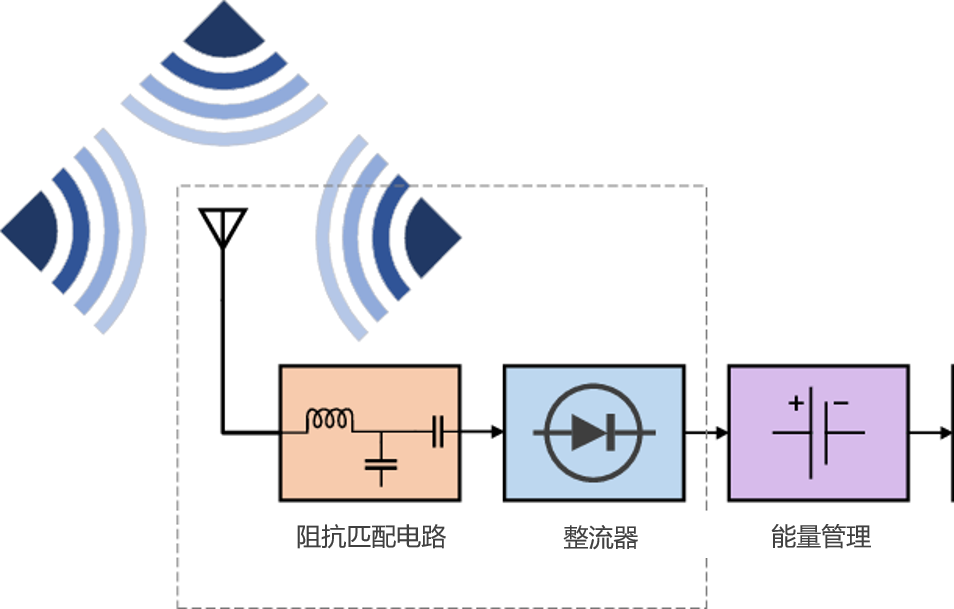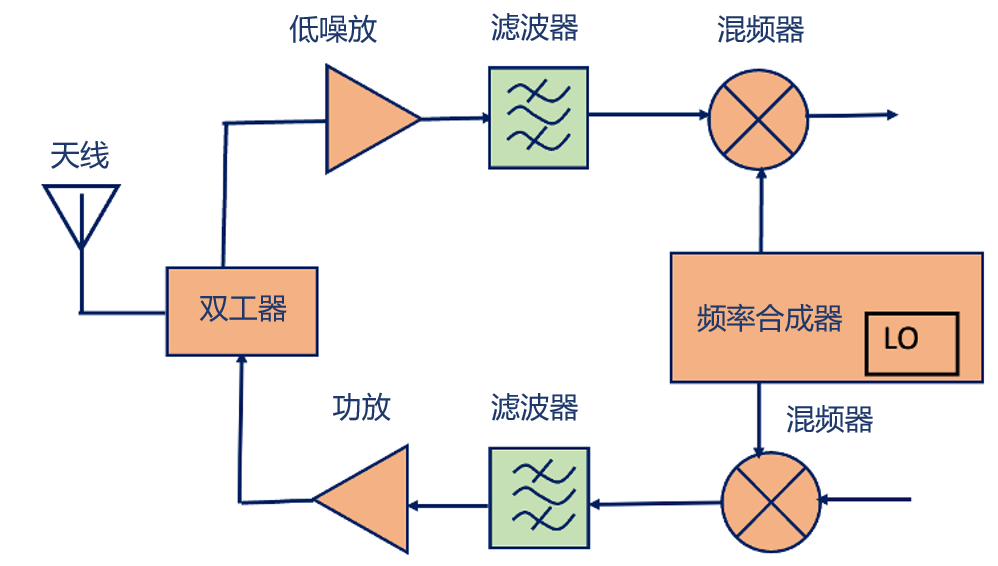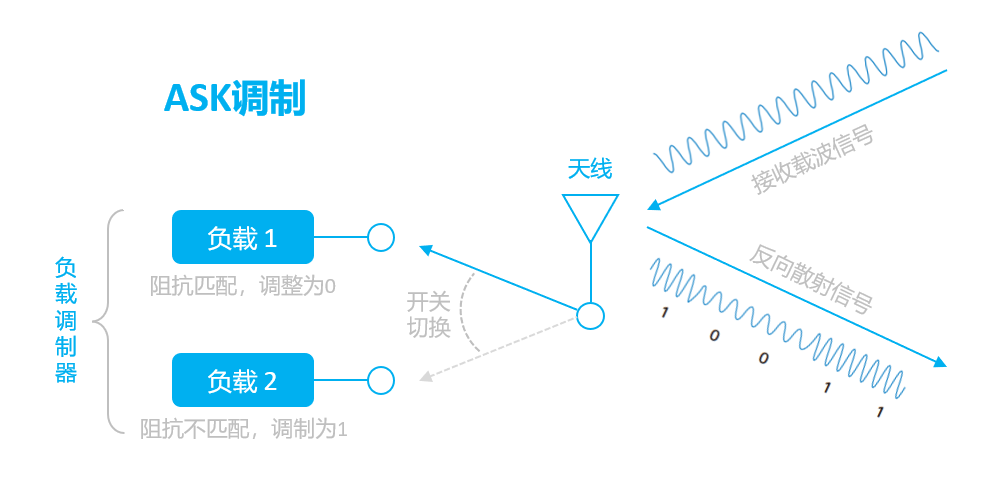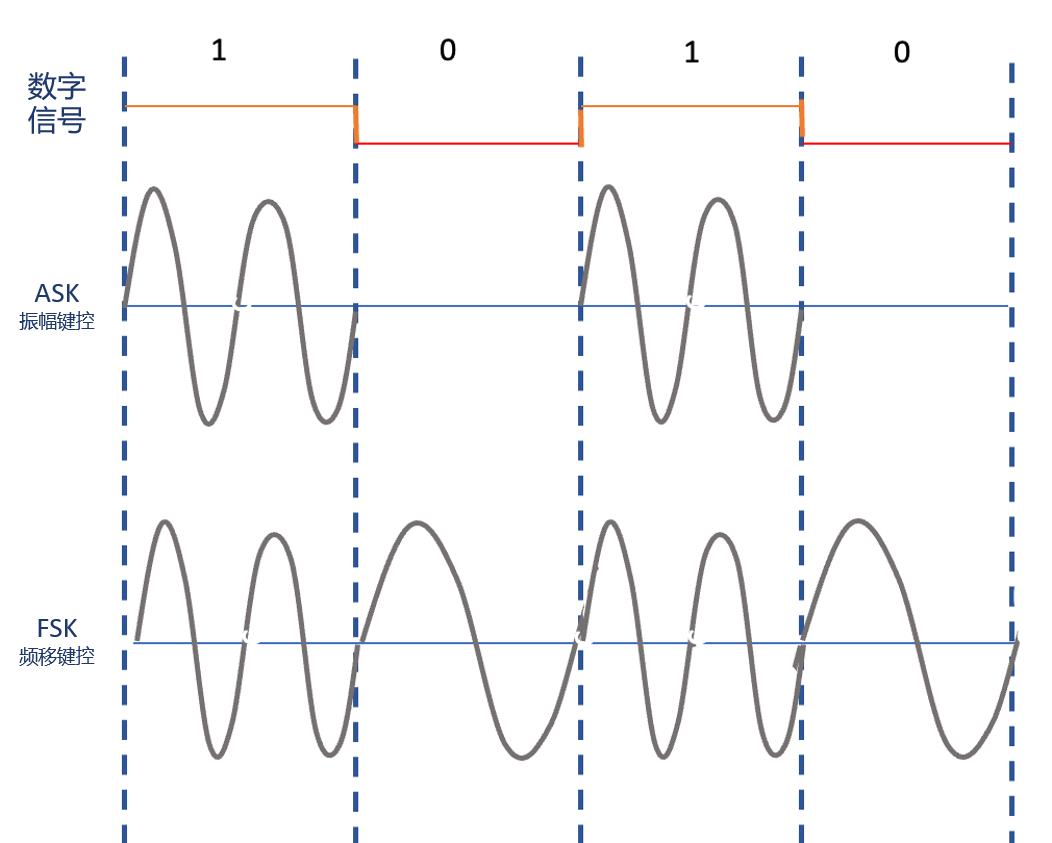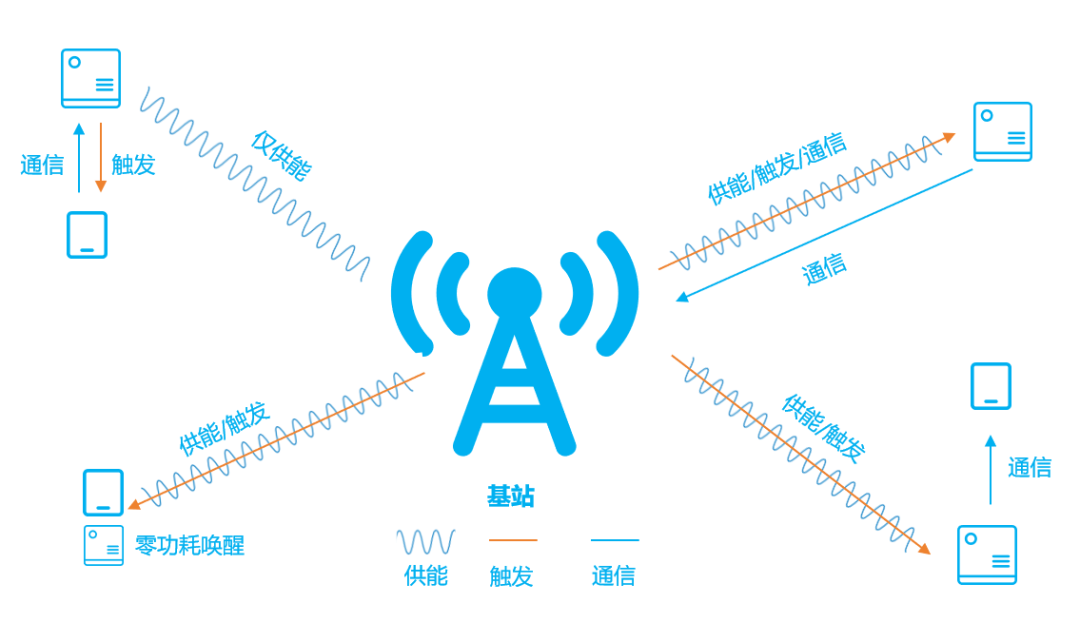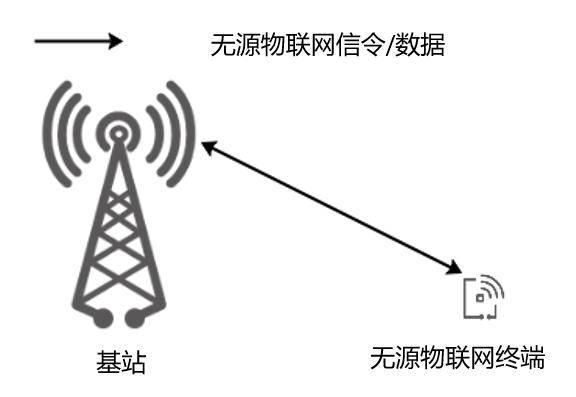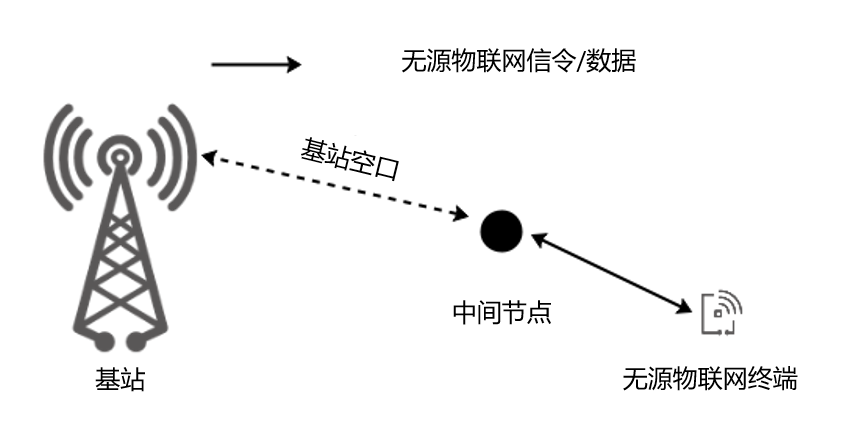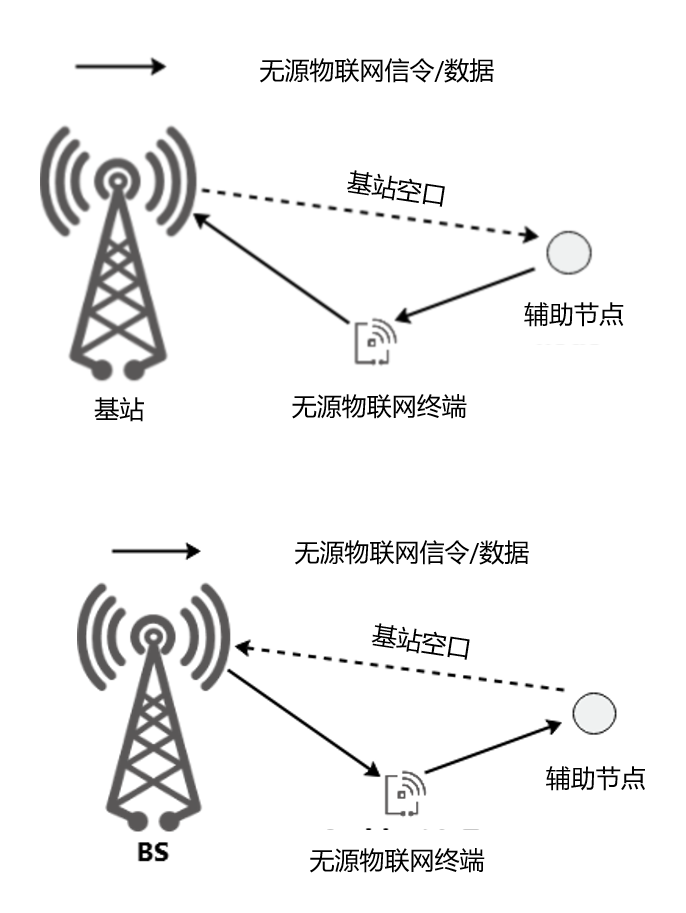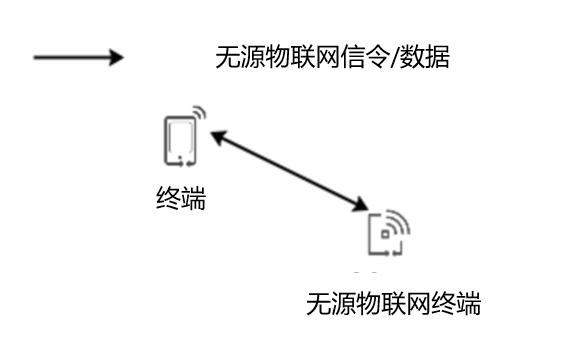Energy is everywhere around us. Light, heat, wind, waves, sound, electromagnetic radiation, and mechanical vibrations are all forms of energy.
If IoT devices could free themselves from the limitations of power sources and batteries, relying entirely on harvesting energy from the environment for communication, true ubiquitous connectivity would be achieved.
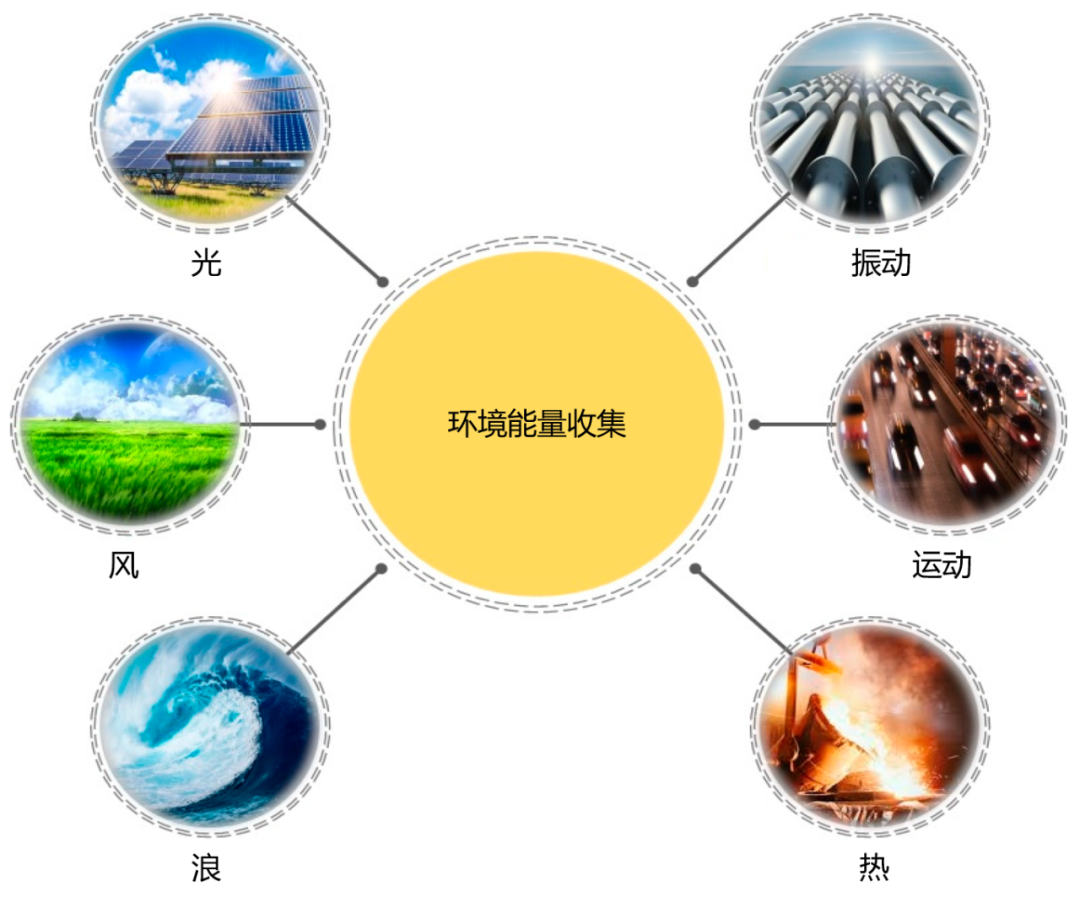
This concept is called: Ambient IoT. It will become a reality in the 5G-A era.
Let’s explore what Ambient IoT is, its application scenarios, and the standardization process.
Why Do We Need Ambient IoT?
As the name suggests, the subjects of connectivity in IoT are not “people” but various “things,” such as cameras, sensors, and robots. IoT based on wireless cellular networks is called cellular IoT.
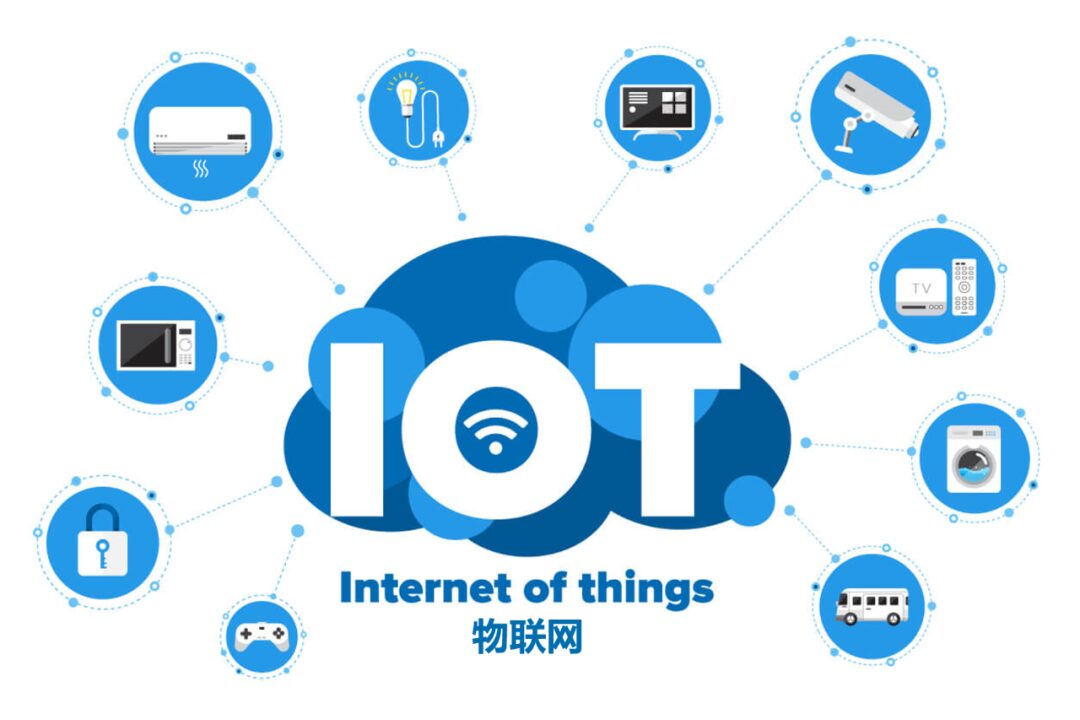
The development of cellular IoT has a long history. Since 2G, GPRS has supported packet data services and has been widely used in IoT. Even today, GPRS-based IoT devices continue to survive. 3G is no exception, as it can also be used for IoT.
With the advent of the 4G era, technology standards specifically for IoT began to emerge, including Cat 0, Cat 1, and Cat M (LTE-M, also known as eMTC), all designed for IoT. NB-IoT (Cat NB) has set a benchmark for low-power wide-area IoT.
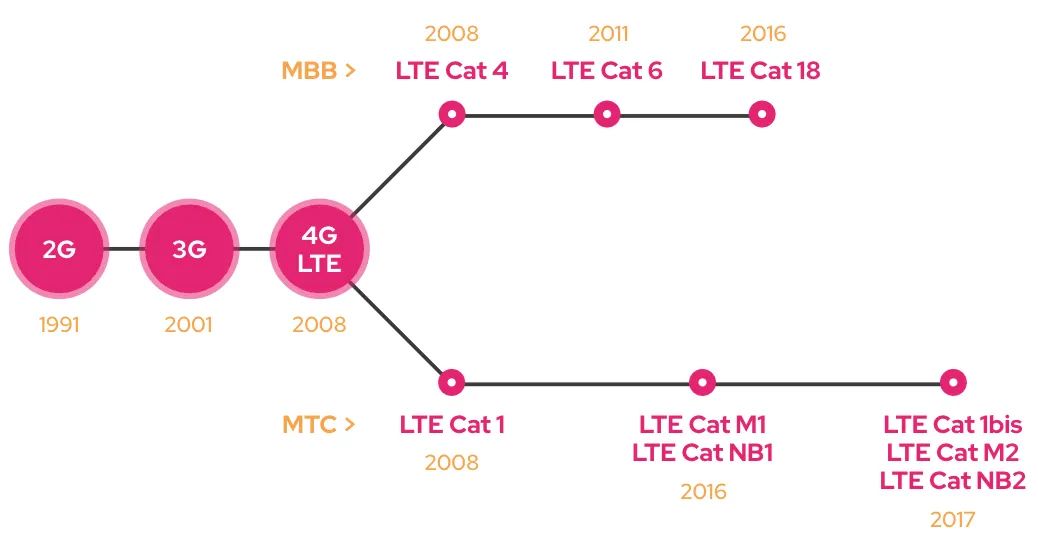
In the 5G era, IoT technology has become more segmented. The three main scenarios—eMBB, mMTC, and uRLLC—are all applicable to IoT. eMBB can be used for high-rate IoT, mMTC is designed for massive low-speed IoT, while uRLLC is used for ultra-low latency and high-reliability deterministic IoT.
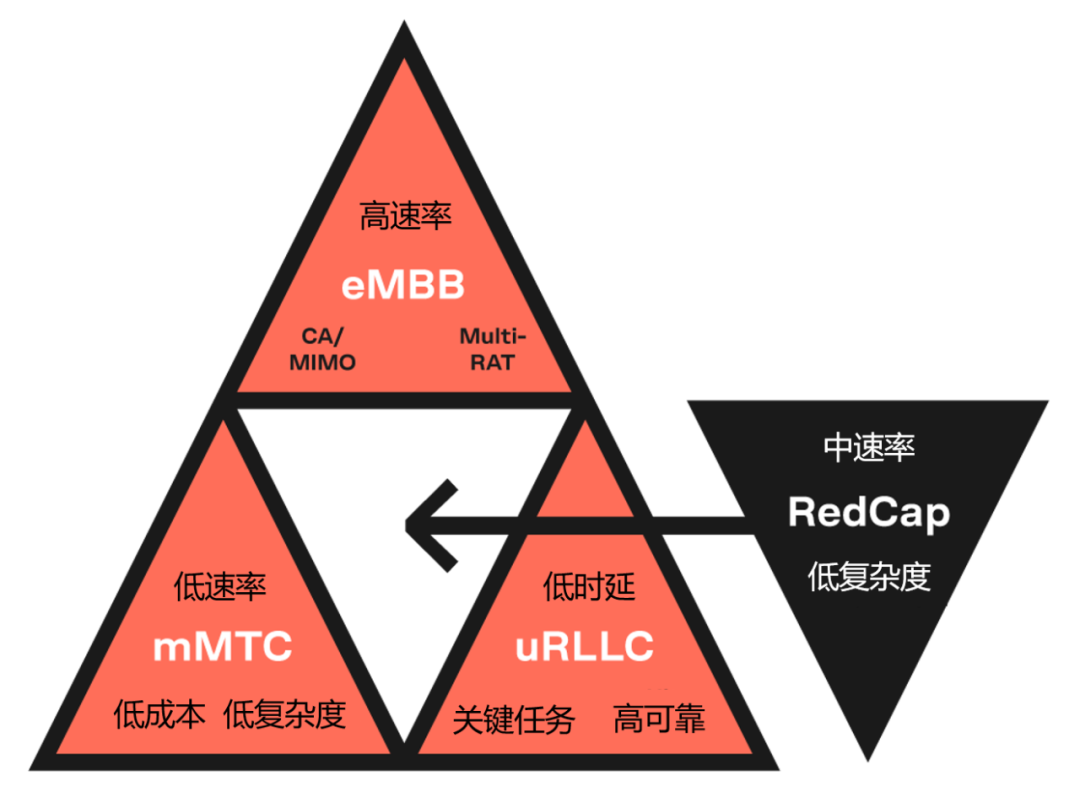
To fill the gap in medium-speed IoT standards, RedCap (also known as lightweight 5G) was introduced in the 5G-A phase, aiming to replace the medium-speed IoT technology eMTC from 4G. Currently, the largest-scale deployment and active application development of 5G-A technology is RedCap.
With such a rich array of cellular IoT technologies covering low-speed, medium-speed, high-speed, low-latency, and high-reliability scenarios, it seems the technical foundation of cellular IoT has already been established?
Not quite! Within the current empire of cellular IoT, there remains a large number of devices that need to be connected but cannot due to cost issues.
For instance, in smart factories, logistics warehouses, and wearable devices, there are still many “dumb terminals” that remain unconnected. 5G-A aims to incorporate these devices through Ambient IoT technology to achieve the “trillion IoT” vision.
The connectivity requirements for Ambient IoT devices are quite simple: they only need to report asset information or send minimal sensor data. They require extremely low device and connectivity costs, cannot afford regular battery replacements, and ideally should operate continuously without maintenance.
Thus, we need to establish an “Ambient IoT” that does not require power connections or battery configurations, relying solely on harvesting energy from the environment to perform computations and communications, and can operate continuously over the long term.
How to Harvest Energy from the Environment?
The law of conservation of energy tells us: energy cannot be created or destroyed; it can only change forms or transfer from one object to another.
Since Ambient IoT is powered by harvesting energy from the environment, its English name is Ambient IoT. The term “Ambient” refers to the surrounding environment, specifically certain conditions in the natural environment that are not easily perceived but affect the surroundings. For IoT, Ambient refers to energy supplied by the environment.
In contrast, the early name for Ambient IoT was Passive IoT, which merely indicated the absence of power or batteries, without specifying the energy source. 3GPP began researching Ambient IoT from R19, using the name Ambient IoT, abbreviated as A-IoT.
So, what types of energy can Ambient IoT terminals collect?
The most obvious one is light energy (solar energy). The core technology principle of light energy harvesting is to utilize the photoelectric effect to convert light energy directly into electrical energy. With breakthroughs in photovoltaic material research, the efficiency of light energy harvesting and conversion has reached a high level.

Solar energy harvesting has a wide range of applicable scenarios, such as outdoor environmental monitoring, agriculture, animal husbandry, and more. Even indoors, as long as there is light, IoT devices can collect energy for communication.
Additionally, there is thermal energy. Thermal energy always transfers from objects with higher temperatures to those with lower temperatures, meaning that as long as there is a temperature difference, thermal energy can be utilized. Temperature difference energy harvesting primarily converts thermal energy into electrical energy through the Seebeck effect.
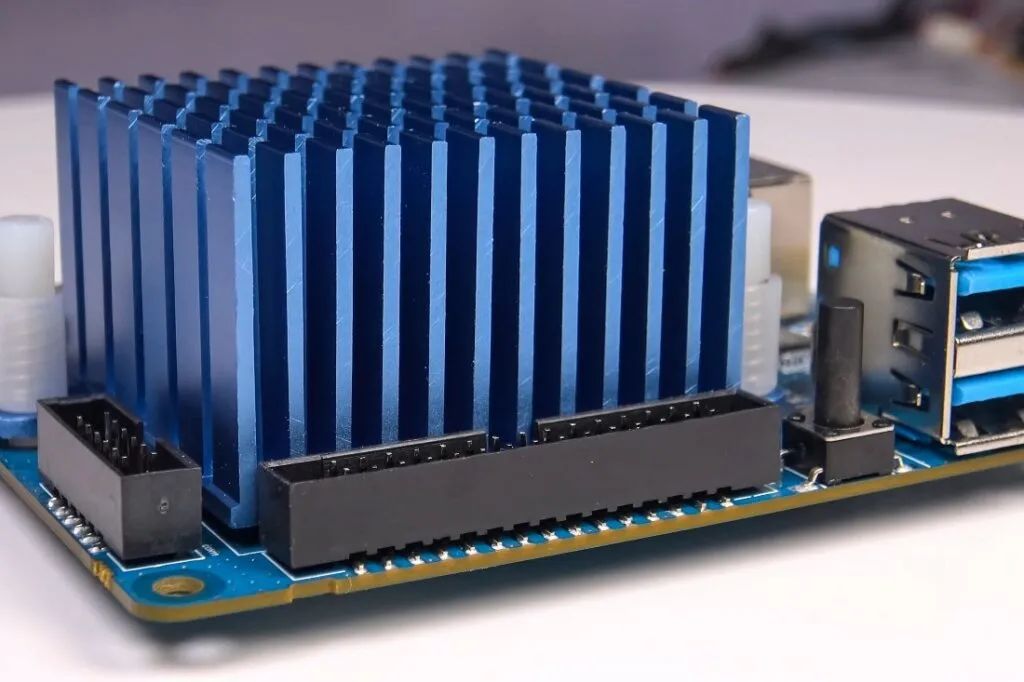
The human body is a continuous source of heat; thus, temperature difference energy harvesting can be used for wearable devices. In factories, continuously operating equipment also serves as a heat source, enabling the deployment of Ambient sensors for industrial monitoring.
Mechanical vibrations also contain energy. Some remote controls generate energy through mechanical deformation when pressed, converting kinetic energy into electrical energy to power the device. Additionally, self-powered switches and self-powered doorbells exist. Every step a person takes also generates vibrations that can be harvested to power wearable devices.
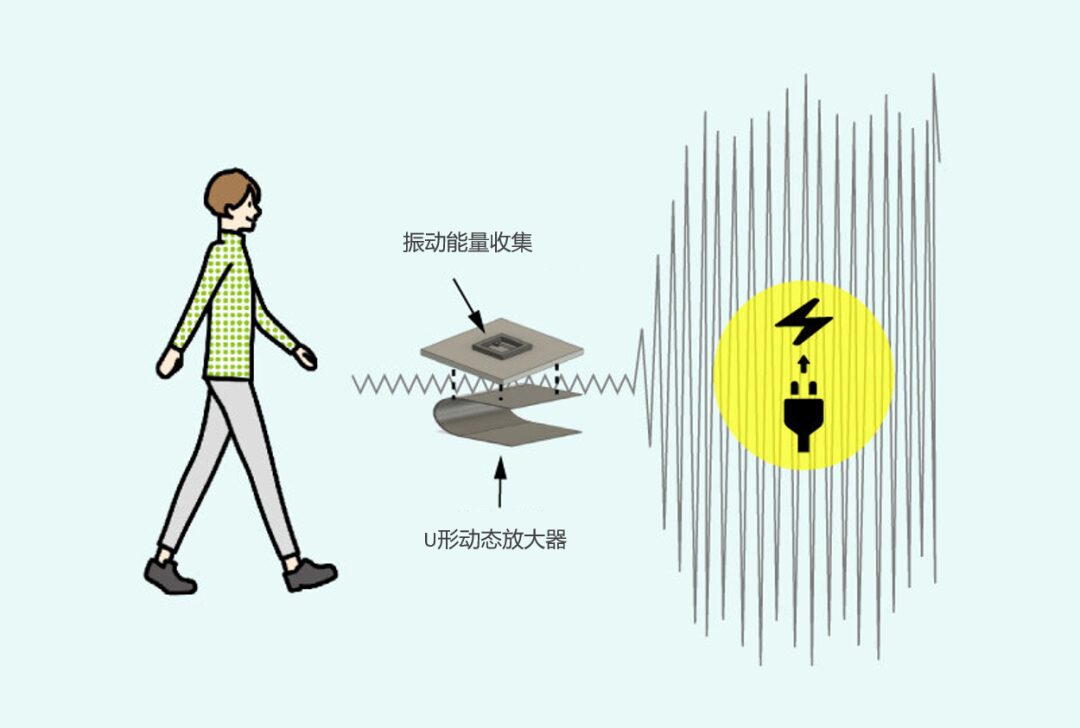
In factories, electric motors, gearboxes, pumps, and other equipment continuously produce vibrations during operation, which can be harvested and stored using piezoelectric materials to provide energy for computation and communication.
In wireless communication systems, electromagnetic waves are used to carry information. At the same time, electromagnetic waves also contain energy. Radio frequency energy harvesting can convert received electromagnetic waves from specific frequency bands into DC energy, thereby powering IoT devices for low-power computation and communication.
Radio frequency energy harvesting communication is widely present in daily life. RFID and NFC technologies operate based on near-field radio frequency energy harvesting and have been widely applied in public transport cards, ETC, industrial equipment monitoring, wireless charging handheld devices, and low-power wearable devices.
Once energy is harvested, can it be used directly for computation and communication?
In fact, although this energy is widely available, it is often very weak and unstable. After harvesting, it may need to be stored: first, to accumulate enough energy for use, and second, to control the amount used for stable release.
The energy storage mentioned here is not batteries, but simpler capacitors or supercapacitors. Capacitors can be viewed as the basic energy storage unit for Ambient IoT devices, ensuring stable and continuous power supply, albeit with limited energy storage.
How to Perform Low-Power Computation?
The energy density in the environment is inherently low, and the conversion efficiency of energy harvesting is not very high. For instance, the conversion efficiency of radio frequency energy harvesting is often less than 10%. The energy available for Ambient IoT terminals during operation is very limited, which necessitates that data processing (computation) consumes very low power.
First, Ambient IoT terminals need to use low-power chips (MCU microcontrollers or sensor chips). With advancements in semiconductor technology, the power consumption of terminal chips has been reduced to the microwatt (millionths of a watt) level or even lower to the nanowatt (billionths of a watt) level. Of course, low-power chips cannot support complex computations and can only perform simple encoding, modulation, and encryption processing.
Since Ambient IoT devices send very little data and have low latency requirements, there is no need to pursue extreme spectral efficiency. Simplifying encoding and modulation to reduce power consumption is of utmost importance. Simple encoding and modulation can minimize computation power consumption, and the corresponding circuit design can also be greatly simplified. Low-power receivers reduce the complexity of terminal devices, aiding in achieving lower power consumption.
Low-power encryption is also very important. For example, in home scenarios, the location information of personal items should not be exposed to untrusted devices. Ambient IoT devices need to support low-power security mechanisms to ensure the confidentiality and reliability of communication. The feasibility of reusing the commonly used AES128 encryption algorithm in WiFi is currently being evaluated.
How to Achieve Low-Power Communication?
The traditional communication process includes two links: signal reception and transmission. Signal transmission requires amplification through a power amplifier after frequency conversion, which is often the most power-consuming unit. This is difficult to accept for Ambient IoT devices that rely entirely on environmental functions.
Therefore, Ambient IoT introduces a brand-new low-power communication method: backscatter communication.
When electromagnetic waves propagate, they inevitably reflect or scatter when encountering objects. Backscatter communication means that Ambient IoT devices do not have any active signal amplification units; they rely solely on reflecting or scattering the signals they receive to complete low-rate, low-power communication.
So, how can we modulate the data to be sent during the signal reflection process?
Currently, load modulation is the most commonly used method for data transmission. Load modulation adjusts the resistance or capacitance of Ambient IoT devices, changing the amplitude and phase of the reflected signal to complete the modulation process.
For example, using resistance modulation to achieve ASK (Amplitude Shift Keying), the terminal can switch between absorption and reflection states by changing the load reflection coefficient. These two states can represent “0” and “1.”
Specifically, in the absorption state, the terminal achieves impedance matching, and the RF signal is fully absorbed with no reflection or scattering, resulting in a low-level signal received, representing “0.” In the reflection state, the terminal adjusts to create an impedance mismatch, reflecting part of the signal, resulting in a high-level signal received, representing “1.”
Similarly, Ambient IoT terminals can also change the frequency of the reflected or scattered signal by adjusting the capacitance of the circuit, achieving FSK (Frequency Shift Keying) modulation.
In summary, backscatter communication enables extremely low-complexity signal modulation and transmission without the need for power amplifiers, high-precision oscillators, duplexers, filters, and other complex RF structures, nor does it require complex baseband processing, making it possible to achieve highly simplified Ambient IoT terminals.
Types of Ambient IoT Terminals?
Different application scenarios lead to different requirements for Ambient IoT terminals. 3GPP has considered the energy storage capacity and signal transmission capability of different terminals in TR38.848, defining three types of terminals.
Terminal Type A: No energy storage capability and no independent signal generation or amplification capability. This is the lowest-cost terminal type, which can only communicate via backscatter. The terminal’s power consumption during signal reception or transmission is below 1 microwatt or 10 microwatts.
Terminal Type B: Has energy storage capability but no independent signal generation capability. Because it can store energy, the terminal can amplify the backscatter signal after collecting enough electrical energy, covering a greater distance. The terminal’s power consumption during signal reception or transmission is between types A and B.
Terminal Type C: Has both energy storage capability and independent signal generation and amplification capability. The communication capability of this terminal is similar to traditional IoT terminals. The terminal’s power consumption during signal reception or transmission is below 1 milliwatt or 10 milliwatts.
How to Network Ambient IoT?
In Ambient IoT, if terminals are powered by collecting electromagnetic wave energy, theoretically, there exist several types of devices: energy supply nodes, signaling/triggering nodes, and communication nodes.
Generally, base stations have high transmission power and large coverage, making them very suitable as energy supply nodes, and also suitable as triggering nodes to send signaling to trigger information reporting from Ambient IoT terminals.
Where is the information reported? If it is reported to the base station, then the base station serves as a node that integrates energy supply, signaling/triggering, and communication. Of course, information can also be reported to independent Ambient IoT tag reading devices.
From a communication perspective, intermediate auxiliary nodes can also be introduced, and 3GPP has defined four types of Ambient IoT networking topologies.
Topology 1: Ambient IoT terminals communicate bidirectionally with the base station. The communication between the base station and Ambient IoT terminals includes data and/or signaling, and the base station that sends and receives data and signaling can be the same or different.
Topology 2: Ambient IoT terminals communicate bidirectionally with the base station through intermediate nodes. Intermediate nodes can be relays, IAB nodes, regular terminals, amplifiers, etc. Intermediate nodes transmit data and/or signaling between the base station and Ambient IoT terminals.
Topology 3: Ambient IoT terminals transmit data/signaling to the base station and receive data/signaling from auxiliary nodes. Conversely, Ambient IoT terminals receive data/signaling from the base station and transmit data/signaling to auxiliary nodes. Auxiliary nodes can be relays, IAB nodes, regular terminals, amplifiers, etc.
Topology 4: Ambient IoT terminals communicate bidirectionally with regular terminals. The communication between regular terminals and Ambient IoT terminals includes environmental IoT data and/or signaling. This is equivalent to a completely independent networking.
Currently, the standards for Ambient IoT are still under development, and the industrial chain is in its early stages. However, the application scenarios for Ambient IoT are very clear, and the industry has long awaited this technology.
In recent years, Ambient IoT has been widely promoted as a key technology of 5G-A at various exhibitions and forums, with continuous innovation and pilot application results emerging.
It is believed that in due time, Ambient IoT technology will become the foundation of the “trillion IoT” in the 5G-A era, enabling all devices to connect seamlessly, leveraging its advantages of low power consumption, low cost, small size, easy deployment, and maintenance-free operation to create an empire of “zero-power communication”.
-END-
关注【中科院计算所培训中心】
阅读更多精彩内容
▽▽▽
点分享
点点赞
点在看







